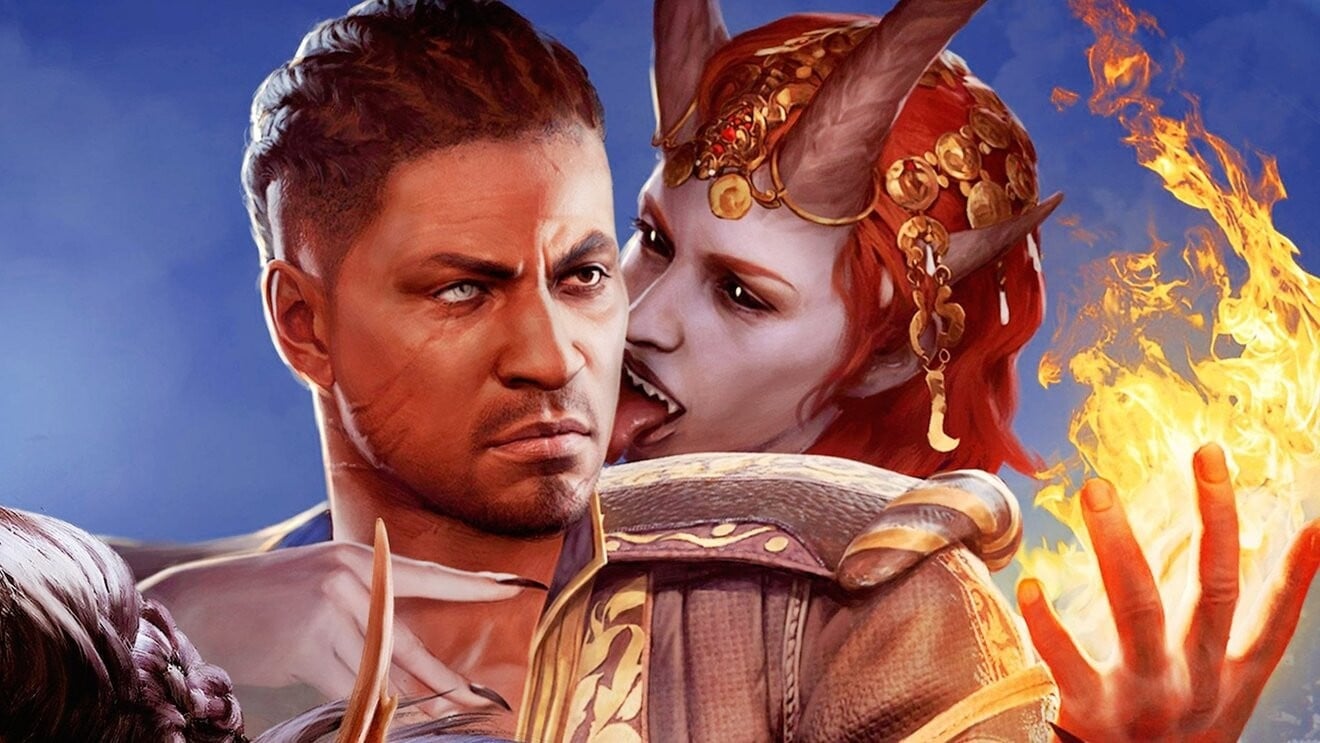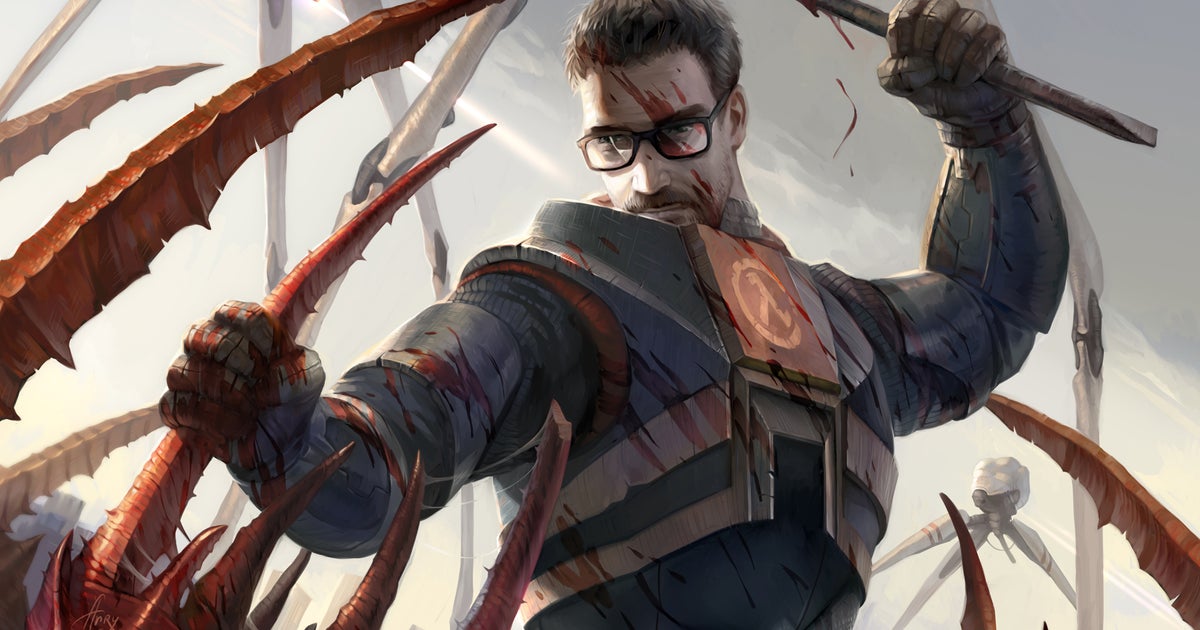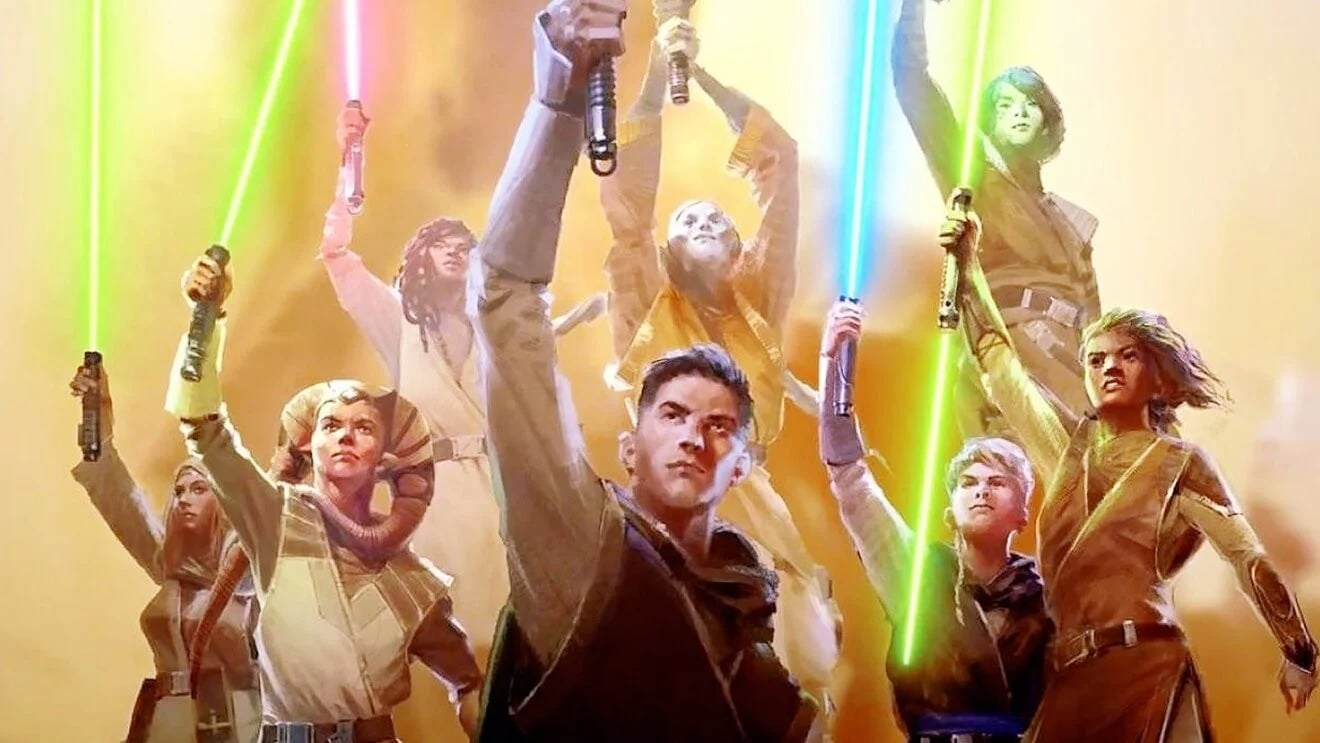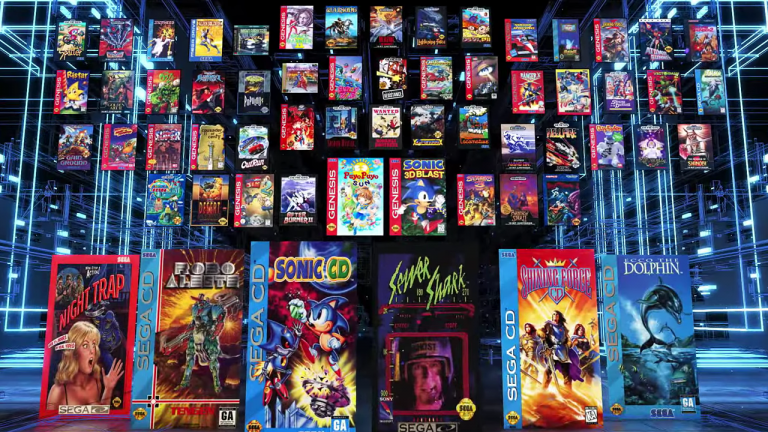Netflix fleshes out and backstory to one of the best and most influential fighting sagas and, in the process, cements its hot streak in bringing video game hits to animation. Tekken: Linaje (Tekken Bloodline) is exactly what you would expect from an adaptation of Tekken 3 to the anime, but that does not mean that it is a series conformist that it goes on rails before what has already been seen: the way to treasure the license and give volume to its characters is what makes it a must for fans of the saga from Bandai Namco. Even with their own licenses.
What Katshuhiro Harada, the creator and head of the saga of the Iron fistwas full of praise towards Tekken: Linaje it is more than justified: the Netflix animated series brings the phenomenon of arcades and consoles to the small screen in a masterful way. CKeeping the genuine spirit of the original games and the essence of each of the characters, including those who have their own moral code or directly lack it, but also knowing how to assemble the whole in the face of a medium as different as anime. And that’s a double milestone.
And it is that, as we say, Tekken: Linaje It is a pleasant surprise for the fan of Namco’s work who knows when and how to stick to the events shown through the video games themselves, and where to cling to the clichés of action anime aimed at young audiences, preserving everything that became the brand Tekken in an indisputable reference of the fight. The smacks that take away the hiccups, of course, but also that inner conflict that always boils in its fighters and that, added and together, distinguishes its rich background from the rest of the fighting alternatives.
Because, for practical purposes, Tekken: Linaje not satisfied with being a free adaptation of Tekken 3the unquestionable title that meant a leap in quality and a turning point for the consecrated franchise, but also expands its context in a genuine and legitimate way through the eyes of Jin Kazama. Offering the viewer that fight between their two natures inherited from their father and mother in a way that could not be done through video games and without giving up what is truly essential: in Tekken: Linaje the characters and the plot have the same weight as the fight scenes. As it should be.
The result: six chapters divided into two sections. The first three work as that prequel to Tekken 3 that we never saw and was insinuated to us between games and manuals, while the last three condense the plot of the video game as best they can in episodes of just over 20 minutes and unify it in an edition created for the occasion of the Iron Fist Tournament itself in which we will even see parading characters from later deliveries. That’s not bad, for the record, as it comes to align nearly three decades of history for the general public.
I will destroy you completely and then rebuild you like only a Mishima is capable of.

There are two natures in strong conflict within Jin Kazama. One of them is his mother’s Jun Kazama, who taught him martial arts on a paradisiacal forest island far from the rest of the world under the premise that true strength is born from temperance and pacifism. The other comes from the father and gradually consumes him like fire: the mishima clan He never shows weakness or compassion. It is will power in its pure state. A delicate balance what Heihachi Mishimahis grandfather and leader of the Mishima Zaibatsu mega-corporation, has set out to destroy it at all costs.
After Jun’s sudden murder at the hands of a powerful force of nature personified and known as Ogre, Heihachi takes Jin as his disciple and begins to instruct him in the brutal Mishima style of combat, which involves putting aside all the teachings of his mother. Jin accepts without argument, completely consumed by his revenge and determined to become stronger. Even knowing that the process will take him physically and mentally beyond his limits.

However, Heihachi Mishima’s strict training serves an even greater purpose: even as his grandfather, the old fighter with overwhelming strength plans to avenge Jin’s revenge for his own interests. Now it only takes a claim capable of awakening and attracting the Ogre beast, and the celebration of a new edition of the Iron Fist Tournamentpromoted by the Mishima Zaibatsu itself, will serve its purposes and, in the process, attract top fighters from around the world.
Attracted by the opportunity to demonstrate their skills, the best exponents of different styles of martial arts gather around a huge coliseum that the Mishima Zaibatsu will use as the stage for the tournament in the highest areas of Peru.

- Some of these fighters return from previous tournaments, such as Paul Phoenix, Yoshimitsu y Nina Williamswho have participated in all editions and are fully aware that old Heihachi is up to no good.

- Others will take over from their teachers as Hwoarangthe disciple of Baek Doo San, and Julia Chang, daughter of Michelle Chang. Not to mention Jin Kazama, whose mother participated in previous editions. And be careful, we will even see fighters from later deliveries integrated into the plot.

- However, in the new edition of the Iron Fist Tournament there are also new faces, such as the intrepid young Ling Xiaoyu and even room for Kuma, a huge brown bear, to fight.
However, each and every one of them has a purpose that goes beyond mere glory or prize money. Tekken: Linaje, the animated series will test the will of each of these fighters from its second half under the premise that only one can be left standing. And despite the fact that the aforementioned conflict between the natures of the Kazama and Mishima families will manifest itself in Jin throughout the tournament, in his genetic code there is a force majeure
Tekken Bloodline: this is how a fighting video game is brought to the small screen

The first thing that catches your attention Tekken: Linaje It is his artistic style, which is not too similar to the photorealism sought in video games or the traditional style of anime, but rather seeks to find an intermediate tone in which some very marked angular finishes They end up giving personality to the whole. In fact, at certain points in the footage, the on-screen result looks more like a manga than an anime. Yes, on the move the fights of the Netflix production are traced to video games.
Jun-Ichi Hayamaresponsible for the project’s choreographies, has transferred the authentic combats from arcades and consoles to anime thanks to the fact that Tekken: Linaje uses a digital animation system in Cell Shading (similar to that of Dragon Ball Super -Super Hero) that reproduces exactly the same combos, techniques and even a kind of Rage Arts variant in which time adjusts to the intensity of the action. scene and the screen changes to black and white. Of course, being an anime, the footage gets much more out of the cinematic camera movements.
The effort to transfer the essence of fighting video games it goes beyond the combats, so that in addition to the effects and light blows it is possible to appreciate the same sounds of the saga Tekken when the impacts and dodges occur, so that those who are passionate about the games will see their expectations fulfilled despite the fact that, logically, all the combats in the series are not equally intense.

Now, the good news is that, unlike other anime and feature films, the inclusion of combat within the plot is justified, it is truly legitimate and, best of all, it serves the development and evolution of the main character: Jin Kazama. Showing us what the legendary fighter and one of the standard-bearers of the saga was like before his entry into it and, later, fully integrated into it.
As we discussed, the six episodes of Tekken: Linaje They can be divided into two very different stages. In one it serves as a prequel to Tekken 3
In fact, the great surprise and joy for the fans is how Heihachi Mishima embodies and synthesizes his ideals and the strength of his fighting style on screen through his own strength in action scenes and his unwavering determination when he’s not training his grandson or taking direct part in combat. Controlling at all times the course of the series and its events since it enters the scene.

As a result of all the above, Tekken: Linaje It triumphs as it is a great adaptation of the video game, and despite the fact that as an animated series it sins to exhibit all the clichés of martial arts manganimes ever and for ever; the other reality is that the circle is closed given the enormous number of licenses and inspirations that the Bandai Namco saga has been accumulating from these over almost three decades.
Leaving, yes, the door open enough open to new seasons that explore subsequent and previous installments. Strategically leaving many fighters who deserve their own opportunity in the pipeline.
iGamesNews’s opinion
Tekken: Linaje It is neither the most faithful adaptation to the plot of a video game that is on Netflix nor does it need it: it legitimately knows how to fill in the blank spaces of Tekken 3 and, on these, build a story that only lasts six episodes of just over twenty minutes. Yes indeed, relatively short chapters but very well squeezedfull of action and with the times very well used, focused on delighting the fans of the fighting saga.
The best of Tekken: Linaje It is clear from the opening chapter: despite the licenses, the genuine essence of the characters has been captured and the combats of the video game masterfully transferred to the footage, justifying and making the most of digital animation. Finding its own tone and visual identity compared to what is seen in games and other martial arts anime, but being brilliantly respectful of the source material and, by extension, the fans.

Perhaps those who are not very into video games will overlook the bulk of winks or the treatment of secondary characters placed around Jin as Hwoarang, Julia Chang or Paul Phoenix, and that they become clichés with legs. But the other reality is that you can’t do more in such a short time. Especially if the aim was to strengthen the central themes of Tekken: Linaje: revenge, the search for absolute strength and, as the anime’s title warns, the weight of one’s lineage.
Elements that, added together, make Tekken: Linaje being the best anime that Netflix can offer to those who are passionate about animation is slipping through their hands Made in Japan. Despite its enormous successes and its masterful way of taking the video game to another medium, we are not facing the birth of a new cult classic. And yet, the streaming video giant reaches another milestone for those who are passionate about video games and, in the process, gives lessons to everything that is to come from how to bring one of the greatest fighting sagas to the small screen.










